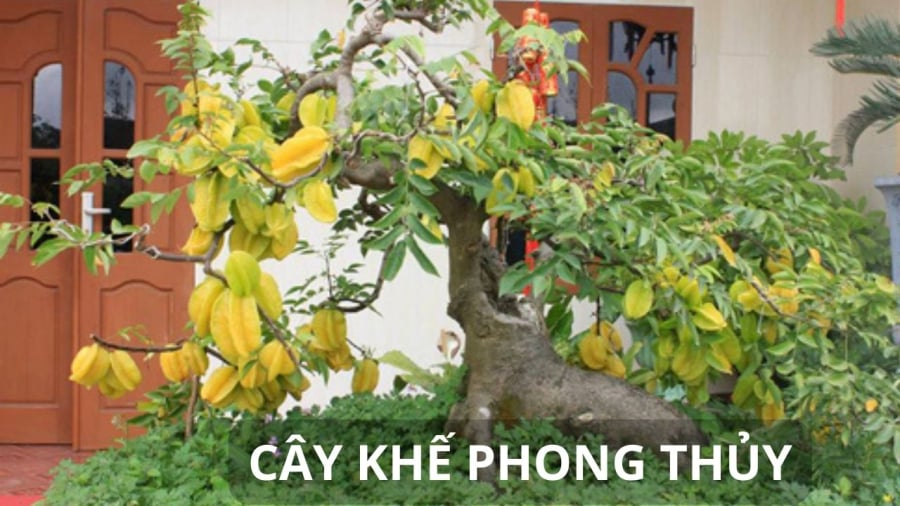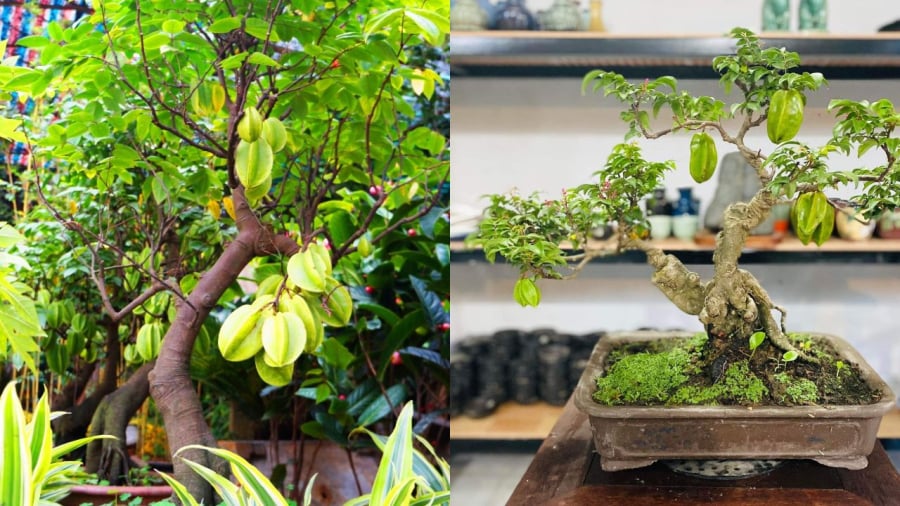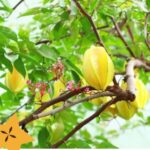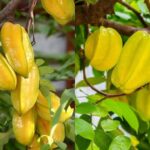**Benefits and Significance of the Carambola Tree**
The Carambola tree, a humble plant native to Vietnam, is primarily valued for its fruits and leaves. While the carambola fruit is often considered a casual snack, it holds a special place in Vietnamese culture due to the folk tale “Eating Carambola, Returning Gold.” This story symbolizes the tree’s close association with the country’s heritage and its embodiment of simplicity, kindness, and generosity.

The Multifaceted Benefits of the Carambola Tree
In traditional medicine, carambola leaves are used to prepare baths that help treat skin ailments such as acne, boils, and rashes. The fruits, on the other hand, are used for cooking and making preserves. Modern medicine has also validated the nutritional value of carambola, highlighting its antioxidant properties and potential benefits for prostate health.
From a feng shui perspective, the carambola tree is believed to attract wealth and good fortune. The lush display of carambola flowers and fruits symbolizes abundance, representing prosperity, a large family, and good health. Additionally, the tree’s ease of cultivation and resistance to pests make it an ideal choice for bonsai or decorative pot plants.
**Suitable Carambola Growers**
The carambola tree has a distinctive appearance, with a brown trunk, green leaves, and vibrant yellow fruits when ripe. This color combination aligns with the elements of Earth and Fire, making the tree particularly suitable for individuals with Earth and Fire elemental births.
The carambola tree is also symbolic of honesty and integrity, and it is believed to bring no harm to any elemental birth. Families with young children, elderly individuals, and women often favor growing carambola trees for their medicinal leaves, which can be used for bathing and treating skin conditions.

Carambola Leaves: A Natural Remedy for Skin Issues
**Considerations for Growing Carambola Trees**
When deciding to grow a carambola tree, it’s important to choose between the sweet and sour varieties, depending on personal preference. As carambola trees can grow quite large, it’s crucial to consider their placement carefully. If planting directly in the ground, avoid areas close to walls or blocking entrances, as the tree’s growth may obstruct paths or hinder the flow of positive energy. Instead, opt for a spot in the backyard or alongside a garden path. For pot cultivation, ensure the pot size is appropriate to prevent the tree from outgrowing its space and causing similar obstructions.
While carambola trees planted in the ground require minimal care beyond their initial planting stage, those grown in pots need regular watering and fertilization to thrive.
*Disclaimer: This information is based on traditional beliefs and practices.






































